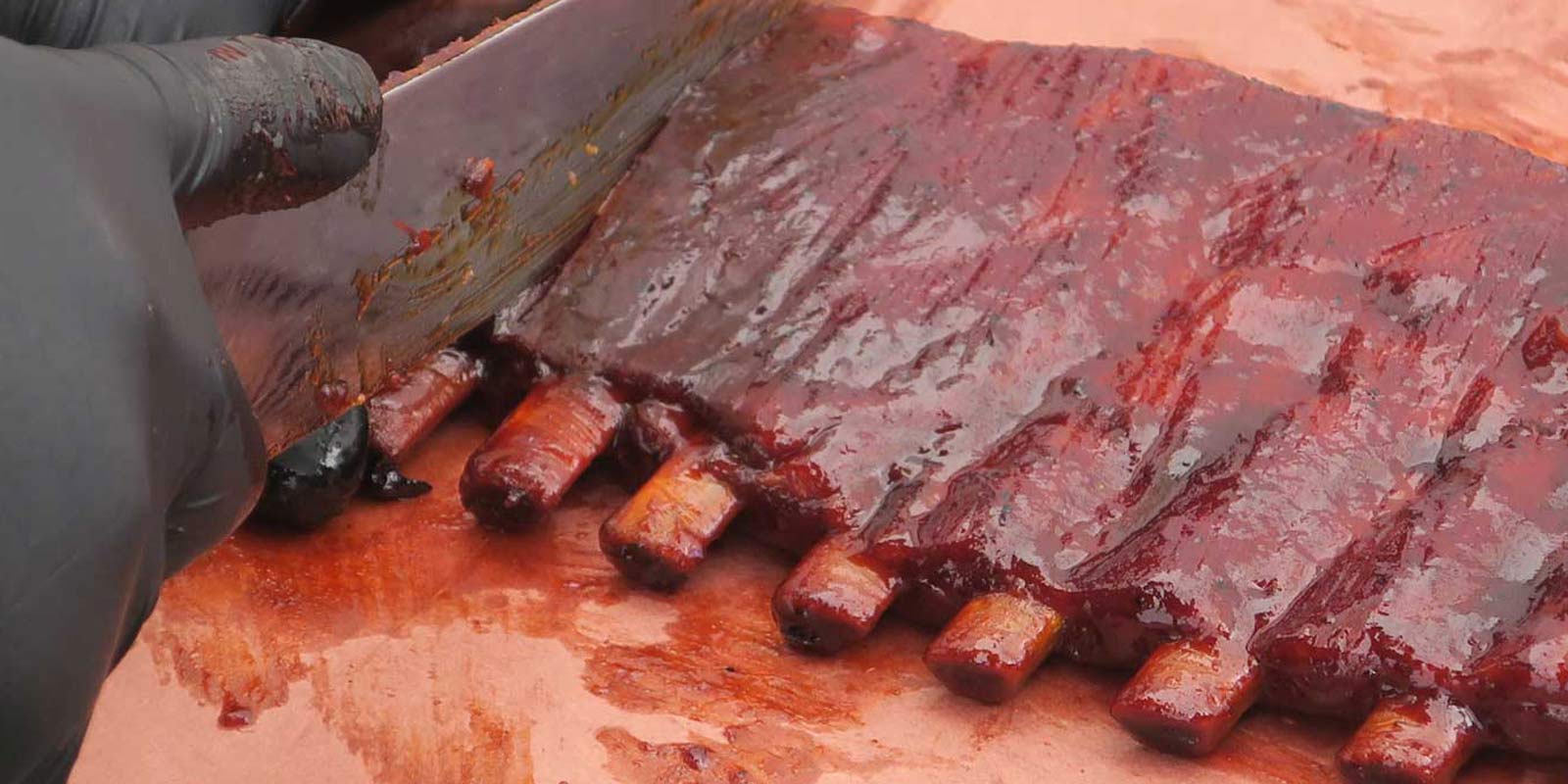What is low and slow barbecuing?
Date Posted:20 March 2018

What is ‘Low & Slow’? – American BBQ, cue, pit cooking & smoking are different names for essentially the same style of cooking. It’s an indirect cooking method where the flame never directly touches the meat. It usually involves a water pan for moisture and low temperatures (115-120c) over long periods (up to 14 hours). It’s only authentic low & slow BBQ if it’s smoked over charcoal or wood. No gas.
INGREDIENTS
- 30 gm (¼ cup) sea salt flakes
- ¼ cup freshly ground black pepper
- 1 brisket point end deckle off (6kg-7kg), fat trimmed to 6mm-8mm thick
- 4 kg charcoal briquettes
METHOD
-
Crush salt flakes in a bowl with your fingertips to a finer texture and stir in pepper. Place brisket on a large baking tray and sprinkle heavily and evenly with salt and pepper mixture all over the brisket, patting lightly so it adheres. Rest at room temperature for 1 hour.
-
Meanwhile, prepare the barbecue (see note below). When the temperature stabilises at 120C, place brisket fat-side up on the side of the barbecue grate opposite the briquettes and above the water pan. Make sure the fatter end of the brisket is facing towards the lit briquettes. Fold a 30cm-square piece of foil in half and place it under the part of the brisket facing the lit briquettes so it acts as a shield from the fire. Place the lid on the barbecue with the vents directly above the brisket so the smoke carries over the brisket as it exits the barbecue. Maintain the temperature of the barbecue between 110C and 120C, adjusting the vent as needed. If the brisket seems to be colouring too quickly on the side facing the fire, rotate it 180 degrees. Check the aluminium tray every so often and top up with boiling water as needed.
-
When the briquette chain reaches the final portion of lit briquettes, work quickly to remove the top grate with the brisket and build another briquette chain. (There is no need to add more wood – enough smoke flavour will have already permeated the brisket.) Be sure to return the water pan to the side of the barbecue opposite the unlit briquettes. Replace top grate and brisket on the barbecue, placing brisket above water pan, and cover. Continue to cook brisket, checking internal temperature at the centre, until it reaches 65C-75C and brisket forms a dark crust or “bark” (6-8 hours).
-
Remove from barbecue and wrap as tightly as possible in a large piece of unwaxed butcher’s paper about 60cm x 75cm. Return brisket to barbecue and cook until internal temperature is 90C-95C (3½-4 hours; when testing for doneness, pay attention to how easily the thermometer probe goes in and out of the brisket. When brisket is ready, it should just barely yield to the probe). Trim burnt ends to serve now or for Southern barbecue beans, thinly slice brisket across the grain and serve.




